Campus
- Scarborough (UTSC)
Fields of Study
- Analytical Chemistry
- Environmental Chemistry
Areas of Interest
My research aims to develop novel analytical spectroscopy-based methods to investigate the reactivity, structures, and associations of molecules or groups of molecules in the environment. In analytical environmental chemistry dealing with very complex naturally occurring mixtures is unavoidable yet there is a lack of spectroscopic approaches available or in development that can provide crucial, molecular-level information desperately required to fully understand global environmental processes. Complex systems such as soils, marine sediments and atmospheric particles are routinely treated as “black boxes”.
My research specifically focuses on the development of Nuclear Magnetic Resonance (NMR) Spectroscopy, and its hyphenation with other, analytical methods. NMR spectroscopy is the single most powerful analytical technique for the analysis of organic structures. NMR can provide the basic chemical structures present in a mixture as well as information to the self-associations of molecules (aggregation and flocculation processes), their interactions with xenobiotics (transport of contaminants) and provide the direct connection between molecular-scale processes (environments of individual nuclei) and macromolecular systems. However despite its potential, NMR is severely underused in environmental chemistry, mainly due to lack of experiments presently available that can provide information on very complex mixtures and heterogeneous samples. In addition, the lack of data analysis methods that can extract specific information in a timely and user friendly fashion also prohibits the universal application of NMR spectroscopy to the environmental sciences. Consequently, a great deal of development is needed with respect the methods for acquiring quality NMR data for highly complex heterogeneous materials and the subsequent interpretation of this data.
Current Projects include :
• Development of novel hyphenated NMR systems to address complex mixtures (in collaboration with numerous companies)
• Understanding how the cycling of carbon in the environment influences global, warming and contaminant transport
• Molecules in space, potential indicators for extra terrestrial life? (in collaboration with the NASA Ames Research Centre)
• The preservation of infectious pathogens in soils and sediments


